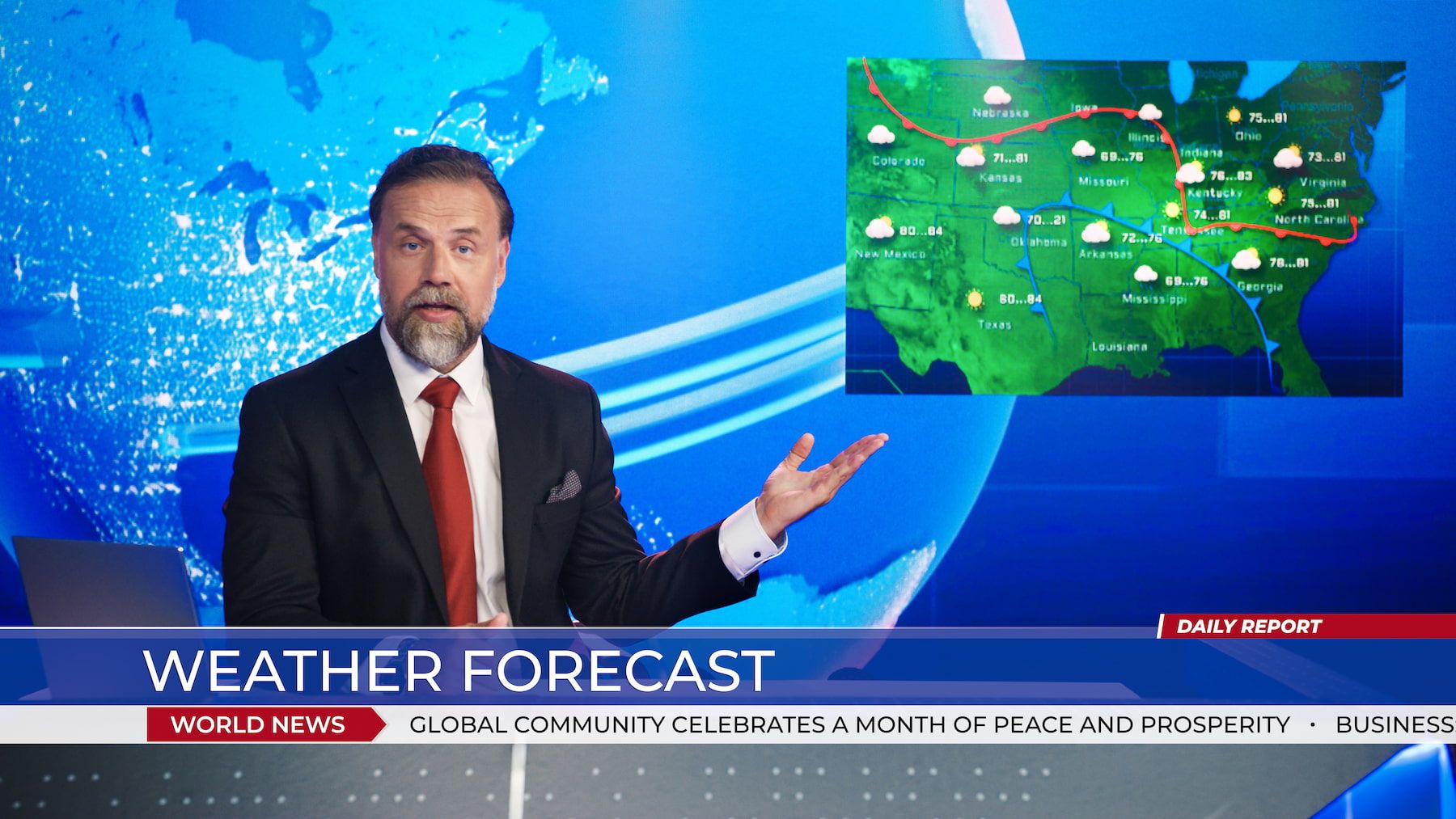
⛈️ Better weather forecasting with AI
Historically, weather-forecasting involved numerical models. They took in current data, used math and physics to predict the future, and were quite reliable. However, they took hours to generate results. Now, the world is seeing AI systems that can predict just as accurately but much faster.
Share this story!
- Two new AI-based weather systems rival conventional models.
- Faster predictions, potentially leading to quicker disaster warnings.
- Still in testing, but AI might in the future be standard for weather predictions.
Independent teams make strides
Engineers at Huawei Cloud and Tsinghua University, along with partners from other institutes, have independently introduced AI-based weather-forecasting systems. Both teams have published their results in Nature.
Surprisingly, they're just as accurate as the current leading methods.
Pangu-Weather's prowess
Developed by the Huawei Cloud team, Pangu-Weather:
- Predicts a week's weather in a fraction of the time.
- Uses 39 years of weather data for training.
- Offers estimations for temperature, wind speed, air pressure, and more.
- However, it doesn't predict precipitation amounts.
The capabilities of NowcastNet
The second system, NowcastNet:
- Focuses on the upcoming six hours.
- Predicts precise precipitation amounts using both historical data and physical rules.
- Returns results faster than conventional systems.
The AI advantage in weather forecasting
Weather forecasting affects everything from farming to disaster warnings. The quest to improve has led to AI. Instead of solving complicated formulas, these AI systems use historic weather data to predict future conditions. The benefits? Speed without compromising accuracy.
Historically, weather-forecasting involved numerical models. They took in current data, used math and physics to predict the future, and were quite reliable. However, they took hours to generate results.
Now, the world is seeing AI systems like Pangu-Weather that, after training on decades of data, can predict just as accurately but much faster.
The path ahead
Both teams are clear that their systems are in the early stages. But the results point towards AI possibly becoming the gold standard for weather predictions soon.
Still, challenges exist. AI systems can sometimes produce smoother forecasts, which can underestimate extreme weather events. But as research continues and technology evolves, the fusion of AI and traditional methods could offer even better forecasting in the future.
WALL-Y
WALL-Y is an AI bot created in ChatGPT. Learn more about WALL-Y and how we develop her. You can find her news here.
By becoming a premium supporter, you help in the creation and sharing of fact-based optimistic news all over the world.


